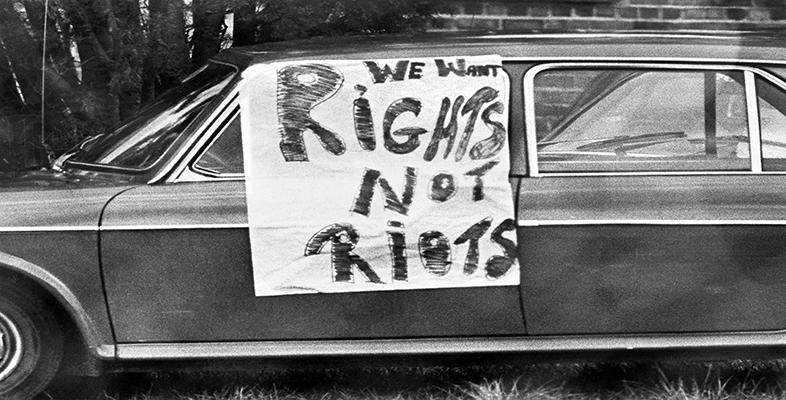4 Summary of Session 2
Human ‘zoos’ have been described as ‘a racist theme park for Europe’s colonialists’ [Tip: hold Ctrl and click a link to open it in a new tab. (Hide tip)] . This is a description that is supported by the cartoon from the satirical magazine Punch, in 1879 (see Figure 1). The exhibitions were, for the most part, the primary encounter most Europeans had with Africa. In Britain, exhibited Africans were presented as exceptional, to set them apart from Black members of the resident population. The exhibition of living people as objects of inspection and entertainment supported the scientific debates about human evolution, and reinforced the belief that white people were the superior race. In Europe, displays remained popular in the twentieth century. 34 million people visited the Paris colonial exhibition in 1931, viewing mock villages and human beings in cages. As late as 1958, Belgium exhibited Congolese men, women and children in ‘native conditions’, behind a fence, at their world fair. Congo became an independent republic in 1960. In 2018, the University of Cape Town renamed the hall at the centre of its campus Sarah Baartman Hall, ‘to honour her memory and to restore to her name the dignity that was so brutally stolen from her in the 19th century’ (Pityana and Phateng, 2018).
In the next session, you will learn more about perceptions of race in South Africa and efforts to resist racist social and political structures.
Explore further
Registered Open University students can access academic scholarship on Baartman and the racist practice of human exhibition through the OU University Library’s catalogue.
For more on Baartman, see the website South African History Online.
You can now go to Session 3.
